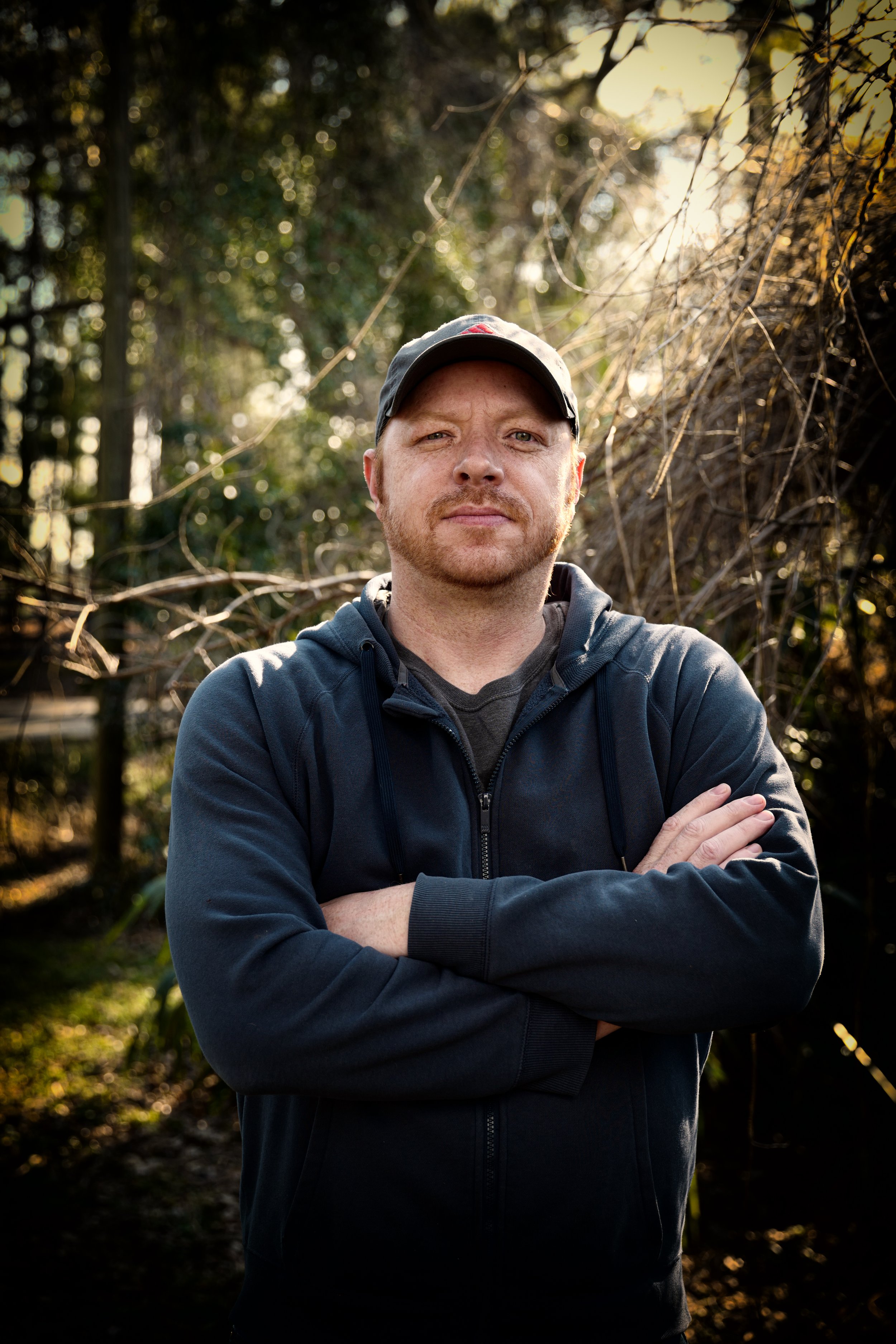Uv/vis/nir Fundamentals Explained
Uv/vis/nir Fundamentals Explained
Blog Article
Uv/vis/nir Can Be Fun For Everyone
Table of ContentsOur Spectrophotometers IdeasSpectrophotometers for DummiesThe Ultimate Guide To Uv/vis/nirThe Buzz on Circular DichroismRumored Buzz on Circularly Polarized Luminescence

Spectrophotometry is a tool that hinges on the quantitative analysis of particles depending on how much light is soaked up by colored substances.
Getting The Uv/vis To Work
A spectrophotometer is frequently used for the measurement of transmittance or reflectance of solutions, transparent or opaque solids, such as polished glass, or gases. Although numerous biochemicals are colored, as in, they absorb noticeable light and for that reason can be determined by colorimetric treatments, even colorless biochemicals can frequently be transformed to colored compounds appropriate for chromogenic color-forming responses to yield compounds suitable for colorimetric analysis.: 65 However, they can also be designed to measure the diffusivity on any of the listed light varieties that typically cover around 2002500 nm utilizing various controls and calibrations.
An example of an experiment in which spectrophotometry is utilized is the determination of the equilibrium constant of a solution. A certain chain reaction within an option may take place in a forward and reverse direction, where reactants form items and products break down into reactants. Eventually, this chain reaction will reach a point of balance called an equilibrium point.
Facts About Spectrophotometers Uncovered
The quantity of light that travels through the service is a sign of the concentration of specific chemicals that do not allow light to go through. The absorption of light is because of the interaction of light with the electronic and vibrational modes of particles. Each type of particle has a specific set of energy levels connected with the makeup of its chemical bonds and nuclei and therefore will soak up light of particular wavelengths, or energies, resulting in distinct spectral homes.
Using spectrophotometers covers various clinical fields, such as physics, products science, chemistry, biochemistry. circular dichroism, chemical engineering, and molecular biology. They are widely used in many industries consisting of semiconductors, laser and optical manufacturing, printing and forensic assessment, along with in labs for the study of chemical substances. Spectrophotometry is frequently used in measurements of enzyme activities, decisions of protein concentrations, decisions of enzymatic kinetic constants, and measurements of ligand binding reactions.: 65 Ultimately, a spectrophotometer is able to identify, depending upon the control or calibration, what substances are present in a target and precisely how much through calculations of observed wavelengths.
Created by Arnold O. Beckman in 1940 [], the spectrophotometer was created with the aid of his associates at his company National Technical Laboratories established in 1935 which would end up being Beckman Instrument Business and ultimately Beckman Coulter. This would come as a service to the formerly created spectrophotometers which were not able to soak up the ultraviolet properly.
Examine This Report on Uv/vis/nir
It would be found that this did not offer satisfying results, therefore in Model B, there was a shift from a glass to a quartz prism which permitted better absorbance results - spectrophotometers (http://www.askmap.net/location/6824320/united-states/olis-clarity). From there, Model C was born with a modification to the wavelength resolution which wound up having three systems of it produced
It was produced from 1941 to 1976 where the rate for it in 1941 was US$723 (far-UV devices were a choice at additional expense). In the words of Nobel chemistry laureate Bruce Merrifield, it was "most likely the most essential instrument ever established towards the development of bioscience." Once it ended up being terminated in 1976, Hewlett-Packard created the first commercially readily available diode-array spectrophotometer in 1979 referred to as the HP 8450A. It irradiates the sample with polychromatic light which the sample soaks up depending on its residential or commercial properties. It is transferred back Website by grating the photodiode selection which spots the wavelength region of the spectrum. Ever since, the development and implementation of spectrophotometry gadgets has actually increased tremendously and has actually turned into one of the most innovative instruments of our time.

The 3-Minute Rule for Circular Dichroism
The grating can either be movable or fixed.
In such systems, the grating is fixed and the strength of each wavelength of light is determined by a various detector in the range. When making transmission measurements, the spectrophotometer quantitatively compares the fraction of light that passes through a recommendation service and a test service, then electronically compares the intensities of the two signals and calculates the portion of transmission of the sample compared to the reference standard.

Report this page